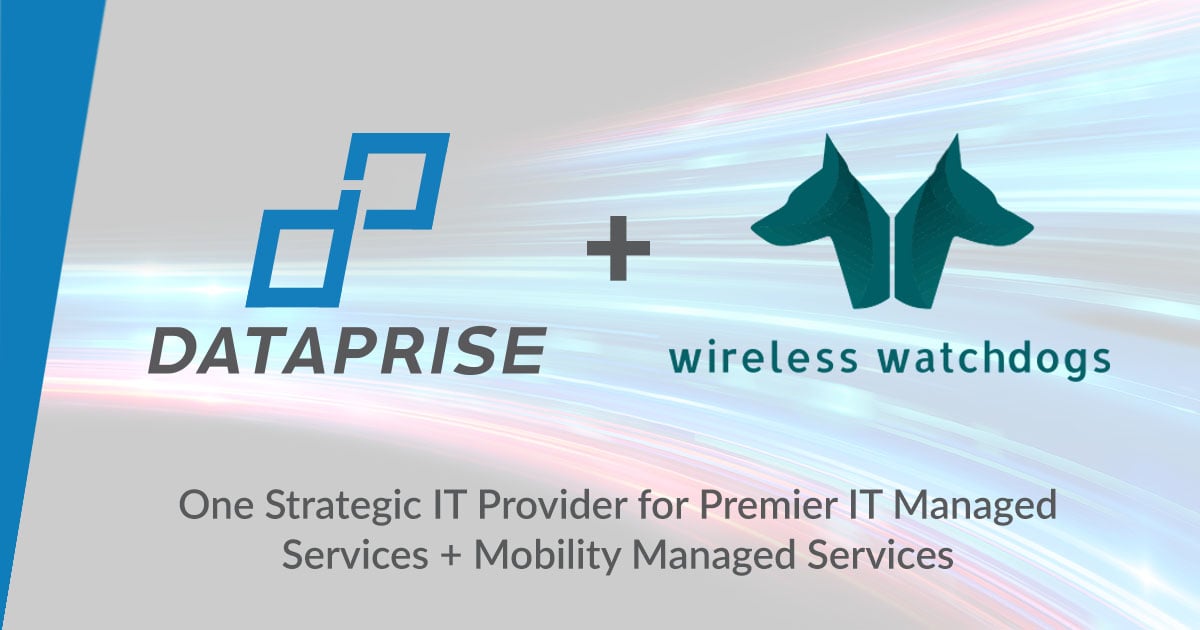It’s no secret that mobile phone usage continues to climb – and it’s also obvious to those in the workplace that mobile phone use continues to increase in professional settings, as well, in terms of both personal and employment-related use.
A properly-managed, mobile-connected workforce brings many benefits, such as allowing workers to access the applications and data needed to make their time in the field much more efficient. And it’s precisely because of these increased efficiencies that we’re seeing so much growth in connected workforces across all industries.
And the healthcare industry is no exception to this growing wave. The Veterans Administration, for example, has noted a dramatic increase in its ability to provide healthcare services to veterans who are homebound or otherwise unable to get to a VA hospital or clinic for needed care. These abilities are enabled in no small part by providing their healthcare workers in the field with tablets and other connected devices, allowing access to patient records and data and other resources that empower the workers to provide their services in the field.
But unlike many other industries, healthcare is subject not only to the security concerns common to all mobility implementations, but also to strict regulatory mandates and privacy concerns that set it apart. Electronic health records (EHRs) rules, the Health Insurance Portability and Accountability Act (HIPAA), and the Health Information Technology for Economic and Clinical Health Act (HITECH) all contain strict provisions for protecting patient privacy – as well as costly penalties for healthcare providers when the rules and regulations are not met. Thus, the growing number of mobile devices being deployed in healthcare settings, and their inherent insecurities, also makes for a growing problem of properly managing those devices at the same time.
Fortunately, there is also a growing awareness within the healthcare industry as to what properly managing mobile devices entails. Devices need updates and security patches as they’re released by OEMs and software vendors. Network security needs to be in place so that only properly authenticated users have access to sensitive patient data. New devices need to be rolled out with the proper builds, software, and security installed. Companies that have bring-your-own-device (BYOD) policies need to ensure that the devices’ work-related and personal uses are partitioned and isolated. Outdated devices that are being retired need to be properly decommissioned and wiped.
Healthcare Providers Know What to Do -- But Can Have Trouble Doing It
All of which has put an increasing strain on the IT departments of healthcare providers, who are already faced with a constant daily stream of database management, server maintenance, network issues, desktop computer fixes, and much more. Such strains have also bled over into help desk department, which are also often an IT function, as users new to the use of mobile devices in their job performance make an attendant number of support calls to figure out why their devices and apps aren’t working or won’t connect, or simply need their password reset.
Healthcare IT departments, staffed to deal with all of the internal IT requirements, simply can’t keep up with the new demands of a mobile workforce.
It then falls to the healthcare provider’s executive team to take the actions necessary to mitigate these problems. Internally, staffing can be increased to handle the new workloads imposed by proper mobility management – but increasing headcount is always an expensive proposition for any executive, and particularly so when the new hires need to be immediately proficient at whatever mobility solution the healthcare provider has implemented.
Build or Buy: The Million-Dollar MDM Question
Instead, many healthcare executives are choosing to outsource to meet their mobile device management (MDM) needs. An external MDM provider mitigates the need for a costly increase in headcount while at the same time supplying the MDM capabilities and experience that are missing in-house at the healthcare provider. Indeed, an experienced MDM services provider often provides healthcare executives and IT staff with wins on multiple fronts simultaneously: Not only does the mobility program get implemented and managed with all of the safety and security protocols required in the healthcare setting, with fewer in-house resources, but cost savings owing to better connectivity management typically also show up relatively quickly.
Not all healthcare providers will go the route of outsourcing their MDM needs, and some will forego it all together under the assumption that mobile device breaches and hacks are always something that happens to someone else. Those that choose to do their own MDM in-house will have varying degrees of success, of course – but as history teaches, even a single data breach can expose millions of records and cost millions of dollars. And as mobile device usage within the healthcare setting continues to increase, so to do the threats – and thus so, too, does the need for proper mobile device management.
About Wireless Watchdogs
At Wireless Watchdogs, we have years of experience helping companies across industries -- including healthcare -- protect their data and achieve true ROI through better mobile device management. From device procurement and provisioning to ongoing management and through to proper end-of-life device management, we have the experience needed to bring true efficiency and security to our customers' mobile device deployments.
Follow this link if you'd like to learn more about our mobile device management services. Or if you'd like to have a more high-level view of what should go into implementing a proper mobile device management solution, click below to get our free white paper, A Guide to Implementing Mobile Device Management:








